Description
What are the similarities and differences between North Korea and South Korea? Your students will learn about the differences between these two countries in this character collage activity.
Students will start with a vocabulary activity with Word Wall images. Then break your students up into groups of three so they can read and discuss the various ways life differs between North Korea and South Korea. Once they finish their research, students will create a character collage summarizing life in North Korea or South Korea. Don’t have time for a group project? Just use the templates to assign a smaller activity. All of the resources are also available on Google Slides™!
With this resource, you will receive:
–Word Wall images to teach the vocabulary,
–Vocabulary activity to practice and process the terms,
-An image analysis preview activity,
–7 pages of content readings on Korea (including geography, history, the start of North Korea and South Korea and life in each of the different countries),
–a GRAPES chart with questions to drive discussion,
–step-by-step group directions to create a character collage,
–templates,
–teacher rubrics,
-resources on Google Slides™, and
-an answer key.
⭐Please download the preview to see a portion of the resource. The video will also show you an overview of the resource. ⭐
6th Grade Social Studies TEKS
(1) History. The student understands that historical events influence contemporary events. The student is expected to:
(A) trace characteristics of various contemporary societies in regions that resulted from historical events or factors such as colonization, immigration, and trade; and
(B) analyze the historical background of various contemporary societies to evaluate relationships between past conflicts and current conditions.
(2) History. The student understands the influences of individuals and groups from various cultures on various historical and contemporary societies. The student is expected to:
(A) identify and describe the historical influence of individuals or groups on various contemporary societies; and
(B) describe the social, political, economic, and cultural contributions of individuals and groups from various societies, past and present.
(3) Geography. The student understands the factors that influence the locations and characteristics of locations of various contemporary societies on maps and/or globes. The student is expected to:
(A) identify and explain the geographic factors responsible for patterns of population in places and regions;
(4) Geography. The student understands how geographic factors influence the economic development and political relationships of societies. The student is expected to:
(A) explain the geographic factors responsible for the location of economic activities in places and regions; and
(B) identify geographic factors such as location, physical features, transportation corridors and barriers, and distribution of natural resources that influence a society’s political relationships.
(6) Economics. The student understands the factors of production in a society’s economy. The student is expected to:
(C) explain the impact of the distribution of resources on international trade and economic interdependence among and within societies.
(7) Economics. The student understands the various ways in which people organize economic systems. The student is expected to:
(A) compare ways in which various societies organize the production and distribution of goods and services;
(B) compare and contrast free enterprise, socialist, and communist economies in various contemporary societies,
(9) Government. The student understands the concepts of limited and unlimited governments. The student is expected to:
(A) describe and compare examples of limited and unlimited governments such as constitutional (limited) and totalitarian (unlimited);
(C) identify and describe examples of human rights abuses by limited or unlimited governments such as the oppression of religious, ethnic, and political groups.
(10) Government. The student understands various ways in which people organize governments. The student is expected to:
(A) identify and give examples of governments with rule by one, few, or many;
(13) Culture. The student understands the similarities and differences within and among cultures in various world societies. The student is expected to:
(D) identify and explain examples of conflict and cooperation between and among cultures.
(21) Social studies skills. The student applies critical-thinking skills to organize and use information acquired through established research methodologies from a variety of valid sources, including electronic technology. The student is expected to:
(A) differentiate between, locate, and use valid primary and secondary sources such as computer software; interviews; biographies; oral, print, and visual material; and artifacts to acquire information about various world cultures;
(B) analyze information by sequencing, categorizing, identifying cause-and-effect relationships, comparing, contrasting, finding the main idea, summarizing, making generalizations and predictions, and drawing inferences and conclusions;
(C) organize and interpret information from outlines, reports, databases, and visuals, including graphs, charts, timelines, and maps; and
(20) Social studies skills. The student uses geographic tools to collect, analyze, and interpret data. The student is expected to:
(C) compare various world regions and countries using data from maps, graphs, and charts; and
(21) Social studies skills. The student communicates in written, oral, and visual forms. The student is expected to:
(A) use social studies terminology correctly;
(B) incorporate main and supporting ideas in verbal and written communication based on research;
(C) express ideas orally based on research and experiences;
(D) create written and visual material such as journal entries, reports, graphic organizers, outlines, and bibliographies based on research;



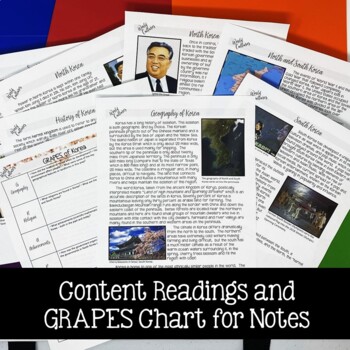
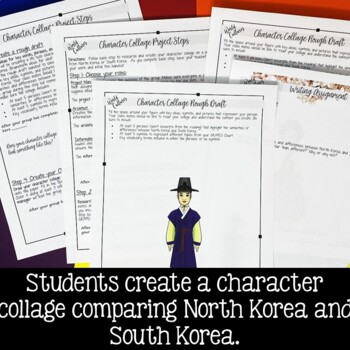



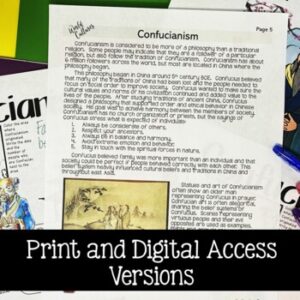

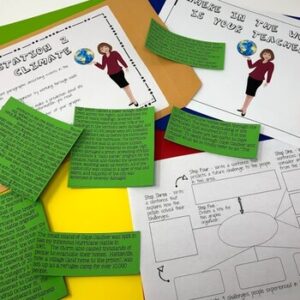

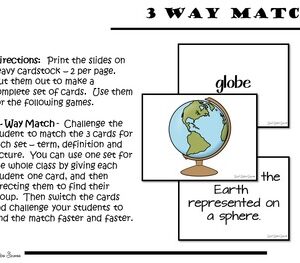


Reviews
There are no reviews yet.